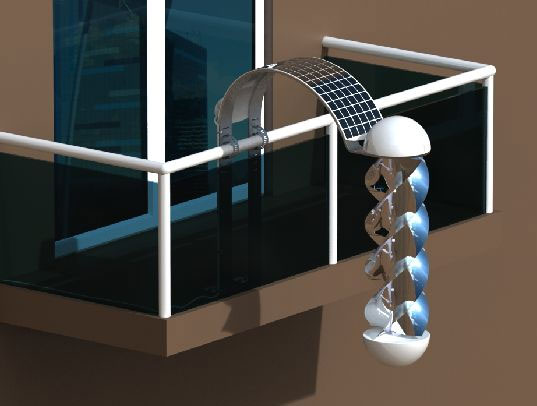
Customer service
0800 222 000 4 *
* free
E-Mail: info@BEM.com.de

We install photovoltaic systems from different manufacturers to advise you in making decisions and explain the solar technology operations. Of course, we also carry out the necessary calculations for you. You can count on us . Use the power of the sun.
The basic unit of a PV system is the PV module , in which a certain number of solar cells are electrically connected . Several modules are connected to the generator. The electricity produced by the solar panels direct current is passed through the DC cables to the inverter . This device converts the direct current into alternating current, which is fed with a grid-connected PV system over a meter into the public grid .
Basically, PV systems can be installed wherever sufficient light falls . Optimum yield offers a south-facing surface with approximately 30 ° inclination . A deviation to the South / Southeast or inclinations between 25 ° and 60 ° reduce the energy yield only slightly. Etc. shading by trees , neighboring houses however, should be avoided.
Income of photovoltaic systems
What return can I expect?
The size of a PV system is specified by the power of the solar generator in kWp . This value describes the module output under standardized test conditions.
Experience has shown that produces a 1 kWp PV system in Germany in the year between 600 and 1000 kWh of electricity , depending on the region ( Nord-/Süddeutschland ) , orientation , weather conditions and plant engineering . Climate induced variations in solar radiation that affect the yield, amount to about ± 10 % in the year . Optimally set up small plants reach today at 850 kWh per kWp (Lower Saxony ) to 1000 kWh per kWp in southern Bavaria .
PV system can be operated as a " grid system " or " grid-connected solar power plant ."
Stand-alone systems consisting of solar panels , charge controller, solar battery (usually lead-acid batteries ) and if necessary a 230V inverter that produced on sunny days , excess energy is stored in a battery and used later if needed .
The grid-connected solar power systems have no memory battery. A grid-connected inverter converts the direct current generated by the solar cells into alternating current and supplies the electrical energy into the local power grid . The solar electricity produced can then be used at any location .
Monocrystalline cells
Of all PV modules currently have the monocrystalline cells with up to 20 %, the highest efficiency and a minimum life of 30 years. The production of these modules is connected with great effort , therefore, also justifies the slightly more expensive price compared to other cells. A big advantage over the polycrystalline is their robustness under extreme climatic conditions . The monocrystalline cell type can be seen through the uniform , usually dark blue to black color.
polycrystalline cells
Polycrystalline modules have the best price -performance ratio and are the most commonly installed module types. Such cells can be recognized by their different blue shimmering crystal structure. The efficiency here is between 13-19 %.
thin film
In the thin-film technique, a few micrometers thick layer of conductive and semi- conductive materials on a substrate , usually glass or film deposited . The technology is considered to be very cost effective due to a high degree of automation and due to material and energy savings.
efficiency
The efficiency is the ratio of electrical energy and of removed light energy irradiated . The higher it is , the lower the surface can be kept for the facility. The efficiency can be considered for different system aggregates :
the bare solar cell
the solar panel or module
the entire system, including inverter and charge controller and batteries
The solar cells with efficiencies achievable today range from a few percent up to about 40% at a concentrator .
For comparison, solar thermal power stations come to an efficiency of about 14-16 %.
solar cells
Solar cells are made of different semiconductor materials. Semiconductors are materials that are electrically conductive when supplied with light or heat, while they act as insulators at low temperatures.
About 95% of cells produced in the world are made of the semiconductor material is silicon (Si). Silicon has the advantage that it exists as the second most abundant element in the earth's crust in sufficient quantities and the processing of the material is environmentally friendly.
inverters
The inverter is the heart of every photovoltaic system. It not only converts the direct current into alternating current, but takes a lot of control tasks and provides countless opportunities analysis. Depending on the connection of the modules central inverters, string and multi-string inverter and module inverters are used.


investment costs
Depending on installation, system size, the technology used and the structural conditions of a solar power system costs between about 7,500 - ¤ 10,000 - ¤ at 1 kWp installed.
The larger the solar power system, the lower your cost per installed capacity. ¤ per kWp installed capacity reached - so for very large installations (greater than 500 kWp) costs in the amount of 5,000.
With the EEG feed-in tariff to be applied after an economical operation of PV systems is possible with good locations. If necessary, raise additional funding opportunities the efficiency of the system
Function of a photovoltaic system

